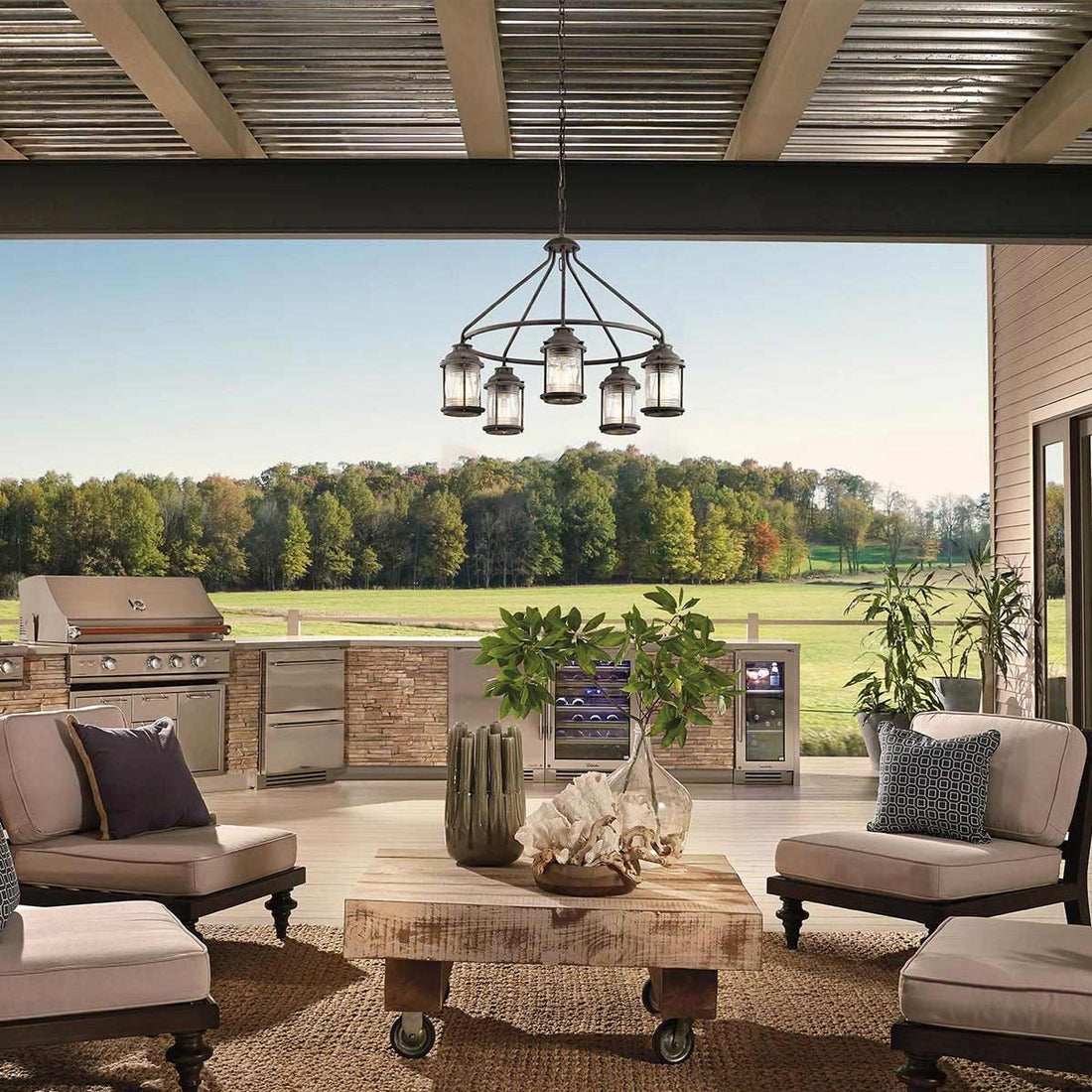
Cultural Perspectives in Lighting Design – How Light Shapes Identity and Atmosphere Around the World
Share
Lighting is more than a practical necessity; it is deeply cultural. The way people use light—its brightness, color, direction, and symbolism—varies across the world and reflects traditions, values, and ways of living. From the warm glow of Mediterranean evenings to the sparkling lantern festivals of Asia, lighting tells stories of identity, heritage, and community.
Today’s lighting designers draw inspiration from these traditions, creating environments that connect people not just with spaces but with culture itself.
European Traditions
In Europe, lighting has long been tied to architecture, public life, and seasonal rhythms.
Italian Piazzas: Evening life in Italy unfolds under layers of light—streetlamps casting golden pools, architectural facades washed in warm tones, and restaurants spilling candlelight into the night. This emphasis on contrast between dark streets and glowing gathering spots creates a dramatic yet welcoming atmosphere.
Scandinavian Hygge: In northern Europe, where daylight is scarce in winter, lighting traditions focus on comfort and warmth. The Danish concept of hygge embraces candlelight, soft lamps, and warm tones that transform long nights into cozy sanctuaries. Modern Scandinavian design continues this, emphasizing simplicity, warmth, and intimacy.

Asian Perspectives
Lantern Festivals: Across Asia, lanterns symbolize celebration, guidance, and hope. In China and Japan, paper lanterns glow during festivals, casting warm, gentle light that unites communities. Their symbolism and aesthetics have influenced modern decorative lighting worldwide.
Vibrant Urban Lighting: Contemporary Asian cities like Tokyo, Hong Kong, and Seoul embrace vibrant, colorful lighting as part of urban identity. Neon, LED screens, and dynamic installations create cultural landmarks, turning cityscapes into illuminated canvases.
Middle Eastern & Mediterranean Lighting
The Middle East and Mediterranean regions use light as a medium of pattern, warmth, and social gathering.
Intricate Lanterns: Moroccan and Turkish lanterns, with their pierced metal designs, cast patterned shadows that transform walls and ceilings into works of art. These traditions inspire modern decorative fixtures that combine craftsmanship with atmosphere.
Evening Culture: In Mediterranean societies, social life often happens outdoors after sunset. Warm-toned lamps, firelight, and hanging lanterns create intimate, communal spaces that extend hospitality into the night.

African Traditions
In many African traditions, firelight has been the central source of illumination, shaping cultural perceptions of warmth and community. This heritage inspires modern lighting designs that emphasize earthy tones, natural materials, and lighting that flickers or mimics the qualities of flame. The focus is on creating grounding, human-centered environments.
Modern Global Fusion
Today’s lighting design often blends cultural influences, especially in hospitality and retail. A boutique hotel in Europe may use Moroccan lanterns in its spa, while a restaurant in New York might incorporate Japanese-inspired lanterns to create intimacy. This global fusion celebrates diversity and offers designers endless creative opportunities.
Examples:
- A Mediterranean restaurant in London using patterned shadows from Middle Eastern lanterns.
- A co-working space in Singapore incorporating Scandinavian-style warm minimalism for comfort.
Practical Tips for Designers
- Research Cultural Roots: Understand the symbolism and tradition behind a lighting style before applying it.
- Blend with Context: Incorporate cultural elements without overpowering the overall design language.
- Use Authentic Materials: Natural woods, metals, and textiles often carry cultural resonance.
- Focus on Atmosphere: Ask what feeling the culture traditionally evokes—coziness, celebration, drama—and design lighting around that emotion.
Conclusion – Lighting as Identity
Every culture has a unique relationship with light. For some, it’s about warmth and intimacy; for others, vibrancy and spectacle. These perspectives offer rich inspiration for modern lighting designers who aim to create spaces that resonate on a deeper, more emotional level.
Lighting is not only about visibility—it is about identity, atmosphere, and connection. By learning from cultural traditions, we can design lighting that feels authentic, meaningful, and unforgettable.
At Lighting Design Online, we believe lighting should reflect both individuality and culture. Contact us today to explore how we can design a lighting scheme that draws inspiration from global traditions while perfectly fitting your project.
